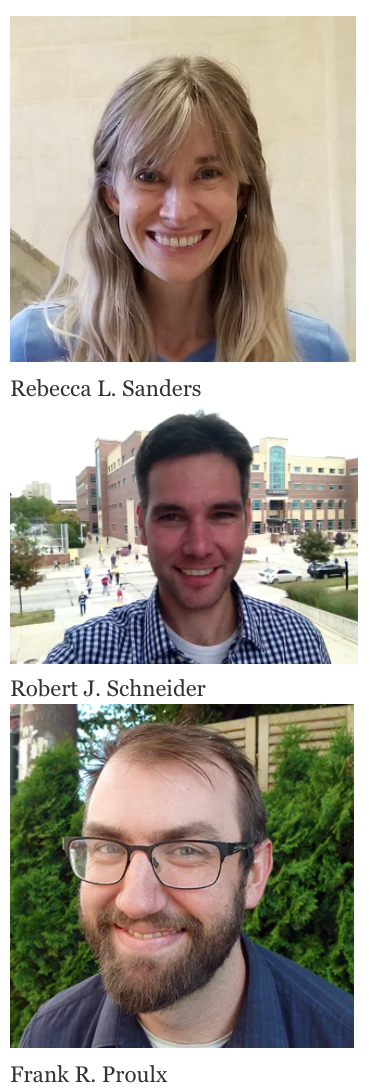Editor's note: Streetsblog recently covered a ground-breaking new study that identified the 60 most fatal segments of the U.S. road network for pedestrians. We have invited the study authors to expand on the policy implications of their research below.
The lack of attention to our shameful national record of traffic deaths in the latest infrastructure debate is a political, professional, and moral failing. Fortunately, we have a solution: demand that the Biden Administration and Congress prioritize traffic safety, rather than driver speed, for future roadway projects.
Over 42,000 people died in traffic crashes in the U.S. in 2020 alone — more than double the number of people killed by guns — and hundreds of thousands more were injured. Car crashes are the leading cause of death for people aged five to 24, the second-leading cause for people aged 25 to 44, and disproportionately harmful for the elderly.
The U.S. is exceptional in this way. If our transportation system were as safe as other automobile-oriented countries’, like Canada and Australia, we would save at least 10,000 of those lives per year; if we were like Sweden, we would save over 20,000. Instead, our per capita traffic fatality rates have worsened as others’ have improved.
The raft of impending federal infrastructure legislation moving its way through Congress has the potential to put the U.S. on par with our peer nations and reverse this deadly trend. Shifting the focus of our transportation investments from speed to safety would save thousands of lives and prevent tens of thousands of injuries each year. It would encourage walking, bicycling, and public transit, and lead to more socially-connected neighborhoods. Critically, it would also help redress past transportation-related harms to Black, brown, Indigenous, and low-income communities.
Past investments in “roads and bridges” gave lip service to safety while professional standards dictated building wide, high-speed roadways that divided communities in order to minimize driver delay. These roadways encourage us to drive too fast, resulting in tremendously dangerous conditions for roadway users – especially those outside of cars.
This year’s historic infrastructure bills, in particular, offer an incredible opportunity to right this wrong. To start, the legislation could mandate that projects improve safety in order to access funds. The funds can be used to improve safety by lowering speed limits, narrowing travel lanes, reallocating extra lane space for wider sidewalks, landscaping, or other options, installing comprehensive street lighting, and providing additional high-visibility pedestrian crossing opportunities where we expect pedestrians, such as at bus stops, schools, and community centers.
These changes won’t likely perceptibly affect driving convenience — a five-mile trip at 25 mph is about three minutes longer than that trip at 35 mph — but they will increase the likelihood that a person can cross the street safely and arrive home alive.
Moreover, our research suggests that these changes are feasible: of the 60 corridors with the most pedestrian fatalities in the U.S., we estimate that more than a third could have lanes removed and pedestrian crossing distances shortened with little or no extra traffic delay. Others could add protected pedestrian crossings with relatively little impact to drivers. Many of these changes can be tested quickly with temporary materials and made permanent if successful.
Prioritizing safety over speed is a win all around. Slower-speed streets can transform cities, suburbs, and small towns, producing economic, environmental, and social benefits. They are safer and more enjoyable for all roadway users, from pedestrians to drivers to the transit users and bicyclists who are key to the U.S. commitment to halve greenhouse gas emissions by 2030.
Moreover, because Black and Indigenous Americans suffer the highest burden from traffic violence and transportation disinvestment, and because low-income Black and Latino families disproportionately live in neighborhoods with infrastructure deficiencies, investing in slower-speed streets with public transit and protected pedestrian crossings will help advance racial equity. Importantly, designing slower-speed roadways can also move us away from police involvement in traffic enforcement, mitigating the “arrested mobility” that Black and brown people experience due to police profiling and underinvestment, to quote a term coined by researcher Charles T. Brown.
While individual actions matter, roadway safety is a systemic problem that needs a major solution. Tell your city councilor and state legislator that you are willing to accept some traffic congestion to create safer streets. But most urgently, call your senators and representatives and tell them to support an infrastructure bill that prioritizes #SafetyOverSpeed and to urge Secretary Buttigieg to commit to end traffic fatalities by 2050.
Ultimately, our roadways reflect our priorities. As we consider a once-in-a-generation investment in infrastructure, we need a new transportation paradigm – one that prioritizes safety, and, in so doing, improves quality of life for us all.
Rebecca Sanders, PhD, is the chair of the Transportation Research Board’s Committee on Bicycling Transportation and the founder of Safe Streets Research & Consulting.
Robert Schneider, PhD, is an associate professor of urban planning and member of the Institute for Physical Infrastructure and Transportation at the University of Wisconsin-Milwaukee.
Frank Proulx, PhD, is a member of the Transportation Research Board's Committee on Pedestrians and the owner & principal of Frank Proulx Consulting.







